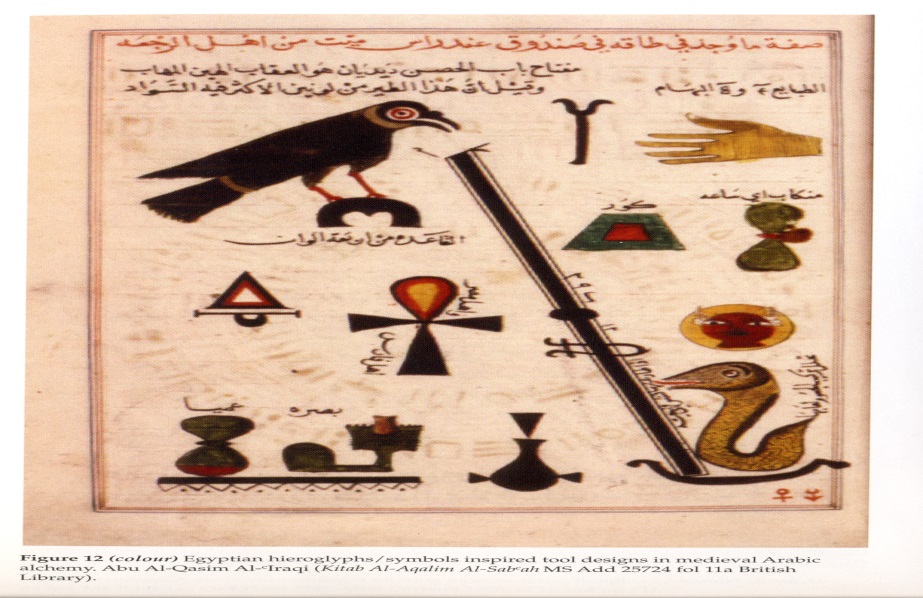It is often assumed that Arabs/Muslims tended to destroy pagan monuments of pre-Islamic cultures. However, the reality is different, as such destruction was rare and exceptional. As a matter of fact, the famous historian Al-Baghdadi expressed his admiration for Muslim kings in protecting such monuments.
The great achievement of Medieval Arab writers was not only in preserving copies of the monuments which have disappeared, but also in preserving Egyptian scientific knowledge non-existent in our current records, and is only known today from Medieval Arabic and Muslim sources.
Arabs were impressed by the ancient Egyptian monuments and wrote a lot of books about them, such as the great work of Abu Ja'far Al-Idrisi. He wrote a large volume on the Great Pyramids of Giza, and several books on the history of ancient Egypt as well.
It is well known that the Medieval Arab scholars have preserved Greek sciences, and certainly improved them too. They took a universal interest in ancient cultures, not only to benefit from their useful sciences such as medicine, chemistry, and mechanics, but also because they were genuinely interested in their overall cultures as seen in their interest in Ancient Egypt as well.
They believed that Egypt was the land of science and wisdom originated with Thoth; to whom they attributed the invention of writing, as well as the science of alchemy and medicine, among other sciences.
Studying Ancient scripts by Arab scholars started as early as the first century of Islam (7th century CE). In many cases, they succeeded in achieving the correct identification of a number of the Egyptian signs, such as Dhu Al Nun, Ibn Wahshiyah, Al Idrisi and Al-Qalqashandi.
Medieval Arab scientists realized those ancient Egyptian signs and symbols inspiring in designing alchemical tools and equipment; for example what Abu al-Qasim al-Iraqi drew in his famous book Book of the Seven Scripts (Figure 1). While Al-Jazari used this inspiration in his drawings of the automated mechanical devices he designed and described in his book The Book of Knowledge of Ingenious Mechanical Devices (Figure 2).
It became fashionable for many Medieval Arab writers to include in their description of ancient Egyptian issues a few lines of an Egyptian script, with its phonetic value in Arabic. We can say that Medieval Arabs in general were interested in, had knowledge of, and interpreted the culture of Ancient Egypt; it was valued for knowledge and guidance, believing that all human history was one.

Figure 1. Egyptian hieroglyphs/symbols inspired tool designs in Medieval Arabic alchemy. Abu al-Qasim al-Iraqi.
.jpg)
Figure2. An automated water designed by Al-Jazari (12th/13th century).
References:
Okasha El-Daly, Egyptology: The Missing Millennium, Ancient Egypt in Medieval Arabic Writings, UCL Press, 2005.